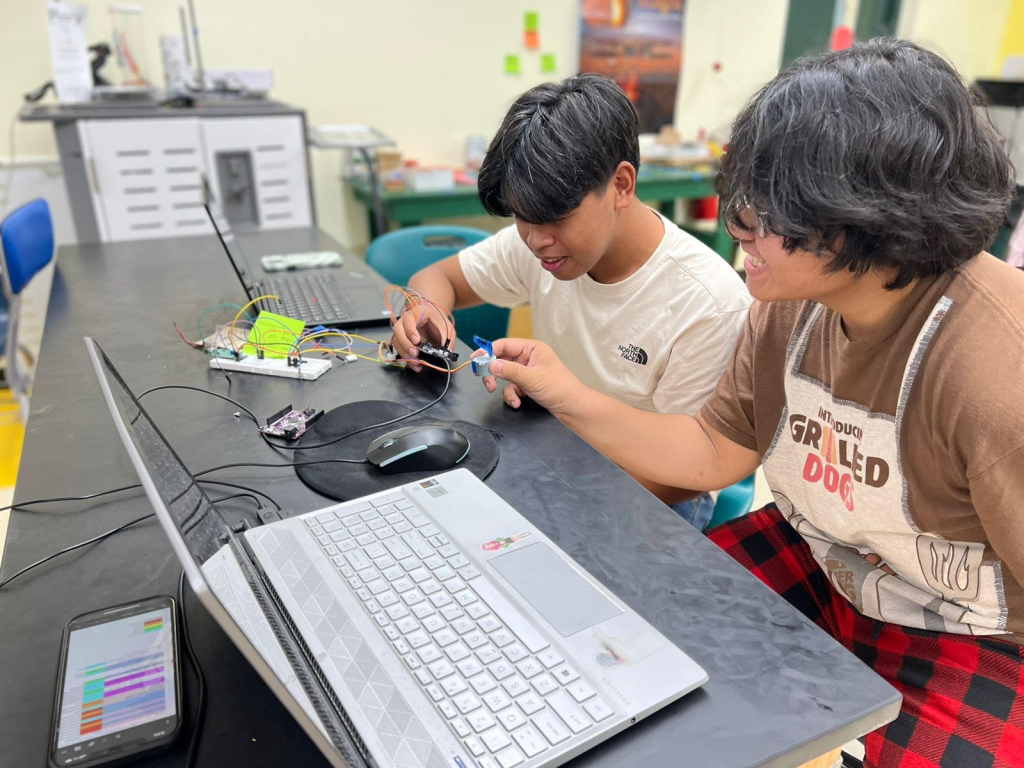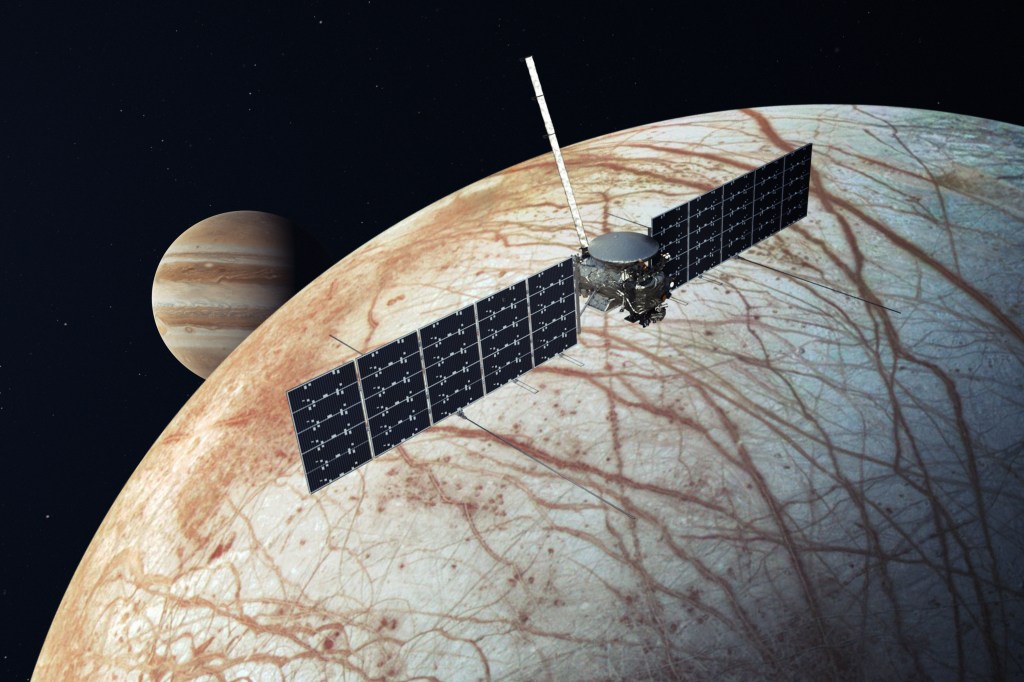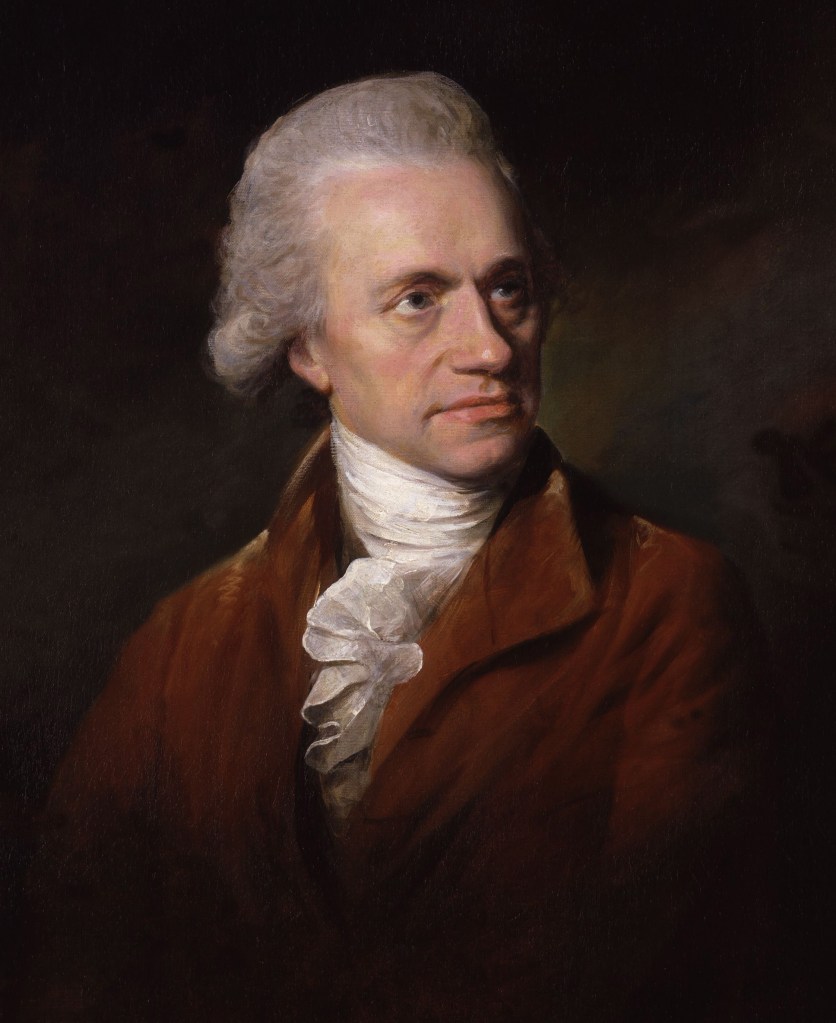


NASA TechRise Student Challenge
Students in sixth to 12th grades attending a U.S. public, private, or charter school – including those in U.S. territories – are challenged to team up with their schoolmates to design an experiment under the guidance of an educator. Teams can submit ideas for experiments to fly on a suborbital flight platform. Competition winners receive $1,500 to build their payloads and an assigned spot on a NASA-sponsored commercial flight test. No experience is necessary to join the NASA TechRise Challenge!
Submission deadline
November 1, 2024
Flight Test Platform
High-altitude balloon
Eligibility
U.S. public, private, and charter schools
Grade Levels
6-12
Get Your Ideas Ready
The fourth NASA TechRise Student Challenge invites student teams to submit science and technology experiment ideas to fly on a high-altitude balloon.
Teams should submit their experiment ideas by the challenge deadline on November 1, 2024.
More about TechRise 2024-2025
Administered by Future Engineers, the challenge offers participants hands-on insight into the payload design and suborbital flight test process, with the goal of inspiring a deeper understanding of space exploration, Earth observation, coding, electronics, and the value of test data. A total of 60 winning teams will be selected to build their proposed experiment. Each winning team will receive $1,500 to build their experiment, a flight box in which to build it, and an assigned spot to test their experiment on a NASA-sponsored high-altitude balloon flight. Winning teams will also receive technical support from Future Engineers advisors, who will help students learn the skills needed to turn their experiment idea into reality.
See TechRise in Action!


(Left) World View high-altitude balloon. Credits: NASA (Right) TechRise mentor Claire Bengtson prepares a payload for flight. Credits: Future Engineers






































